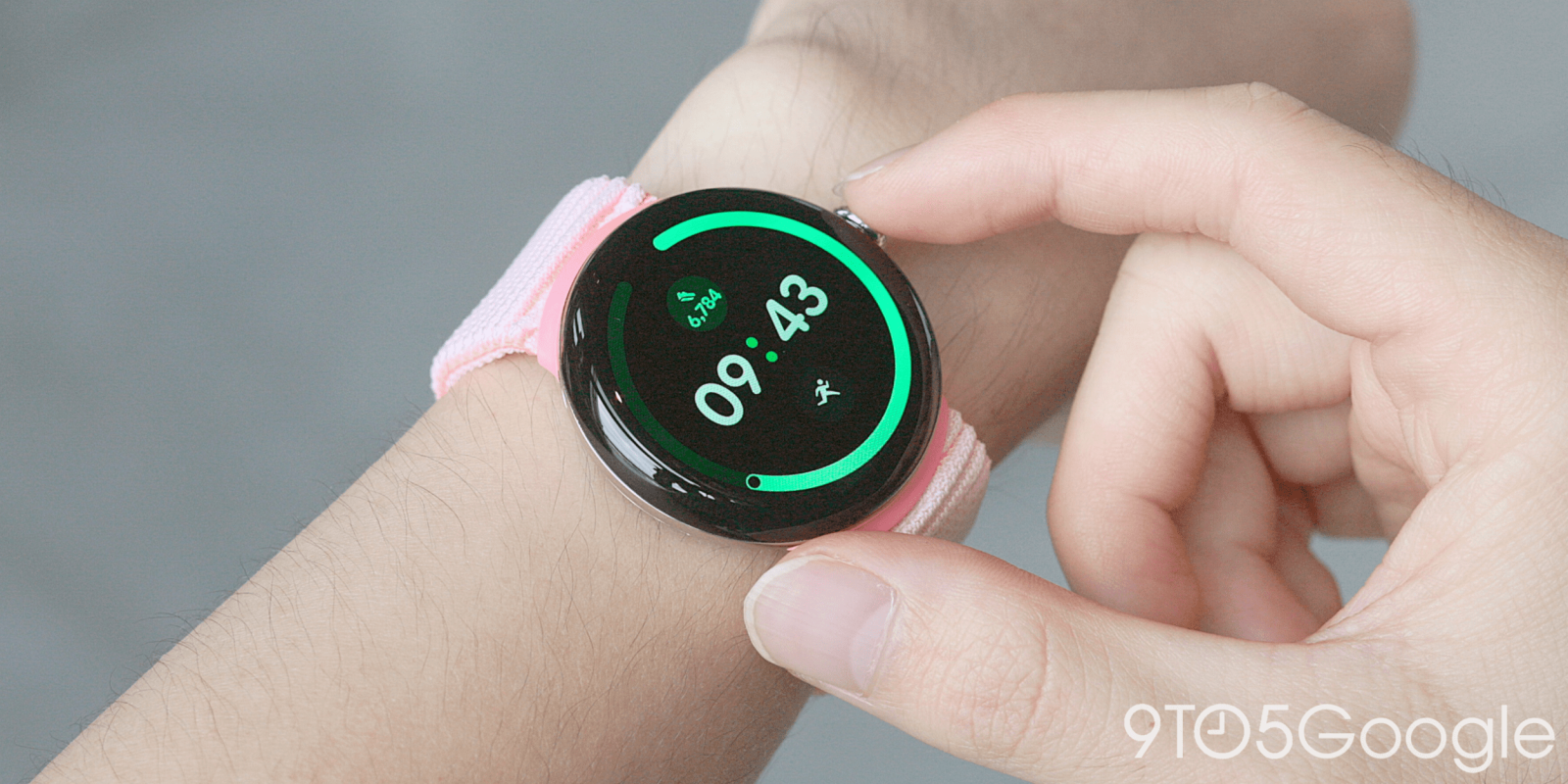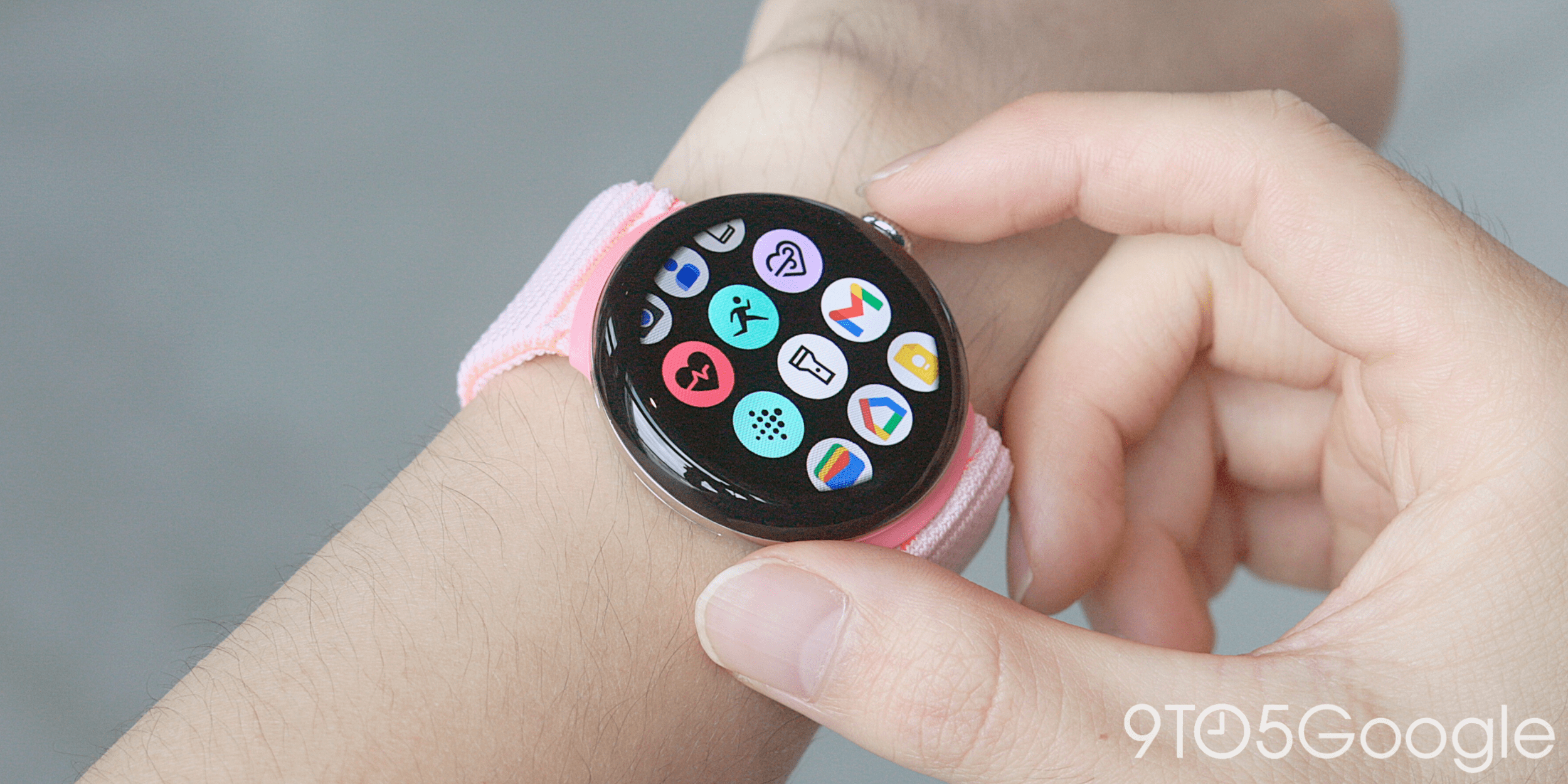
While phones are at 7 seven years, the Pixel Watch 3 is still set to get three years of updates after launch.
Pixel Watch 3 updates
The Google Pixel Watch 3 is “guaranteed software updates until at least” October 2027, or “at least three years from when the device first became available on the Google Store in the US.” That language is unchanged from the original Pixel Watch and Pixel Watch 2.
It’s somewhat of note that Google is setting “October” as the month even as the Pixel Watch 3 is launching a month early.
(With the Pixel 9 series, it’s August 2031, even though the Pixel 9 Pro and Pixel 9 Pro Fold are not launching until September 4. Another oddity there is how the “Pixel 9 & Pixel 9 Pro” are one line item, while the Pixel 9 Pro XL is a separate entry. You’d think it would be “Pixel 9 Pro & Pixel 9 Pro XL.”)
For Wear OS, Google does not distinguish between “Guaranteed Android version updates” and “Guaranteed security updates.” It’s just “Guaranteed software updates” that include “Google Pixel Watch security updates, and may include feature drops and other software updates.”
Given the same chipset, the Pixel Watch 2 is a given for Wear OS 5. It remains to be seen what the original model gets, but hopefully it’s the same version and in similar time frames. For the most part, Google has so far been good about bringing new app features back to older devices. In fact, that’s already underway.
Wear OS 5
Based on Android 14, Wear OS 5 brings a more dense grid-based app launcher (with the list remaining), screenshot detection API, and Watch Face Format version 2 with:
- Flavors: Preset configurations for your watch face that users can browse in a companion app.
- Goal progress complication type: Useful when users can exceed a goal such as step count.
- Weighted elements complication type: Useful for showing discrete subsets of data.
- Weather conditions: Show the current weather, as well as forecast conditions for hours or days into the future.
- A heart rate system data source.

There’s a media output switcher, or system “UI that lets users choose which device should play media and show information about the currently-playing media content.”
If your app detects that there isn’t a Bluetooth headset connected when you want to provide audio playback on devices running Wear OS 5 or higher, offer to take the user directly to media output switcher.
On the Health Services front, you get more detailed running metrics:
- Ground contact time: The amount of time, during a single step, that a runner’s foot is in contact with the ground.
- Stride length: The distance covered by a single step.
- Vertical oscillation: The distance that a user’s center of mass moves up and down with each step.
- Vertical ratio: Vertical oscillation divided by stride length.
Additionally:
Starting in Wear OS 5, Health Services supports debounced goals to help improve the user experience for people who want to maintain a specific threshold or range—such as heart rate—throughout their workout.
FTC: We use income earning auto affiliate links. More.




Comments